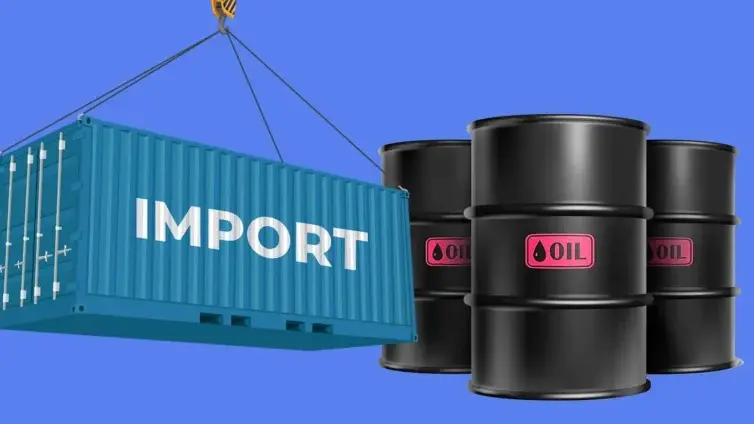For British travelers eagerly anticipating summer getaways to the EU, the prospect of bypassing long passport queues using e-gates hangs in the balance. Recent reports and statements from both the EU Commission and UK officials suggest that unfettered access to e-gates for UK passport holders remains uncertain. As summer approaches, this creates a degree of anxiety for Brits, with many hoping to streamline their entry into EU countries. The key question remains: will British citizens be able to use EU e-gates this summer?
The current situation is complex, and this article aims to break down the key issues, explore the reasons behind the uncertainty, and outline what travelers can realistically expect at EU airports in the coming months. Understanding these nuances can help travelers prepare for potential delays and navigate the evolving landscape of post-Brexit border controls. The promise of using e-gates to quickly enter the EU hinges on a number of factors which need to be taken into account.
The ability to use EU e-gates will be welcomed by British travelers this summer. However, the implementation of the European Entry/Exit System (EES) has a large part to play in the situation.
The primary reason for the doubt surrounding easy access at EU borders is the postponed implementation of the European Entry/Exit System (EES). This system is designed to gather biometric data from non-EU citizens, including British nationals, at the point of entry into the EU. The rollout, initially slated for earlier dates, is now scheduled for October 2025, causing a ripple effect on related border procedures.
According to Cabinet Office minister Pat McFadden, “Nothing is going to happen before that’s [the new scheme] in place.” This statement underscores the direct link between the EES and the potential for enhanced e-gate access for UK citizens. The EU Commission has echoed this sentiment, clarifying that UK citizens will not have widespread access to e-gates before this new scheme is fully operational.
The EES represents a significant shift in border management. This new EU database will require non-EU nationals to register their biometric data—fingerprints and facial images—upon their initial entry into the EU. This process will take place at the first point of entry, whether it be an airport, seaport, or train station. The collected data will then be stored and used to automate border crossings on subsequent visits, aiming to enhance security and efficiency.
A recent agreement between the UK and the EU has offered a glimmer of hope amidst the uncertainty. The deal stipulates that there should be “no legal barriers to eGate use for British Nationals traveling to and from EU Member States after the introduction of the EU Entry/Exit System (EES)”. This suggests a commitment to facilitating smoother border crossings for British travelers in the long term.
However, the critical caveat is that the actual implementation of this agreement rests on the discretion of individual EU member states. While the overarching framework supports e-gate access, each country retains the authority to decide whether to enable it for UK citizens. This decentralized approach introduces a layer of complexity and potential inconsistency across different EU destinations.
The UK government is actively engaging with EU member states to accelerate the rollout of e-gate access. The Prime Minister’s spokesperson has affirmed that the UK will “be working with member states to roll that out as quickly as possible” and that “talks have started with individual EU nations”. These diplomatic efforts are crucial in persuading individual countries to adopt the agreed-upon framework and grant British travelers access to e-gates.
Currently, a limited number of EU countries already permit UK citizens to use e-gates, offering a glimpse of what widespread access could look like. However, even in these countries, a secondary check and passport stamp are often required after using the e-gate. This additional step somewhat diminishes the time-saving benefits of automated border control.
The new deal and the eventual implementation of the EES are intended to eliminate the need for these manual passport stamps, further streamlining the entry process. As individual negotiations progress, it is possible that more countries will extend e-gate access to British passengers this summer, though the extent of this expansion remains to be seen.
The inclusion of e-gates in the recent UK-EU deal has elicited mixed reactions within the travel industry. While some view it as a positive step towards simplifying border crossings, others remain skeptical about the immediate impact, especially given the EES implementation delay.
Julia Lo Bue-Said, chief executive of the Advantage Travel Partnership, expressed a degree of reservation, stating: “This new deal appears to offer little more than expanded access to e-gates which are already in use at some destinations and only after the long-delayed digital border system (EES) is introduced, currently planned for an October launch.” This quote encapsulates the industry’s cautious optimism, acknowledging the potential benefits while highlighting the continued reliance on the delayed EES.
Given the current state of affairs, British travelers should brace themselves for a range of possible scenarios at EU airports this summer. In most cases, travelers should anticipate continuing to use standard passport control queues, particularly in countries that have not yet implemented e-gate access for UK citizens.
However, there is also the potential for increased e-gate access in certain countries that already allow it, pending the outcome of ongoing individual agreements. Keeping abreast of travel updates and being prepared for potential queues at passport control will be essential for a smoother travel experience.
Prime Minister Sir Keir Starmer mentioned that supermarket workers were “excited about the e-gates and being able to go on their holidays…and not be in the horrendously long queues.”
While the long-term prospects for British travelers using EU e-gates appear promising, a degree of uncertainty persists for the immediate future. The implementation of the EES in October 2025 remains a pivotal factor, and ongoing negotiations between the UK and individual EU member states will ultimately determine the extent of e-gate access this summer. Despite the potential challenges, many remain optimistic that future travel experiences will be more streamlined once the new systems are fully in place, allowing for quicker and more efficient border crossings.
Image Source: MYJOYONLINE





















